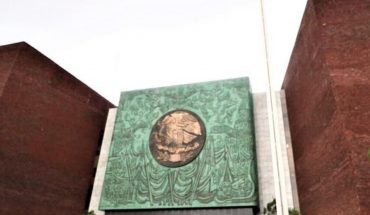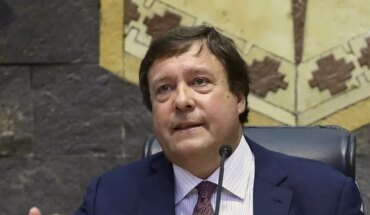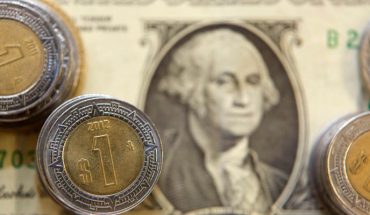With the aim of promoting the rights and well-being of persons with disabilities in all areas of society, the International Day of Persons with Disabilities is commemorated every December 3, thus giving visibility to thousands of people in the world who are in this situation and specifically to the more than 2 million who in Chile face this problem.
And although the definition of disability is mutating according to changes in society, for the United Nations (UN) it is a condition that affects the standard of living of an individual or a group. The term is used to define a physical or mental impairment, such as sensory, cognitive or intellectual disability, mental illness or various types of chronic pathologies.
In this context, from technical and higher education we have the mission of reducing barriers so that disability is not an impediment to social participation and make our own the motto of the UN 2030 Agenda for Sustainable Development: “Leave no one behind”.
What to do for the inclusion of these people? There is much we can contribute from our work and personal spaces, but today I want to put special emphasis on physical activity, fitness and wellness. I believe that this activity is essential to reduce the obstacles that people with disabilities currently have and, specifically, higher education institutions should develop curricula where inclusion is worked on and incorporated.
For example, schools that offer sports careers should start by reviewing how their access is, if their infrastructure is prepared, what their protocols are, how they carry out their own activities and if there is a possibility of adapting them. Disseminate the concept of sports and physical activity or adapted fitness and wellness, which is understood to be all those sports activities where the rules and / or implements are adapted allowing people with disabilities to develop an activity, compete and obtain achievements in their discipline.
At the same time, professionals in educational institutions and future sports teachers and technicians should be instructed to understand and recognize people’s abilities. It is essential that they know and apply training loads, methodology, techniques and tactics appropriate to each situation. That they manage in periodization of training, that they know how to carry out indirect evaluations and that they know the direct ones and that they apply them, to train in relation to the individual physical condition for the improvement of physical and psychological performance.
In parallel and according to our experience in AIEP, it is also important to take physical, sports and fitness and wellness activity towards inclusion and go one step further with unified activities. With this, what is intended is that a group of people is not separated by some need. The idea is to motivate the participation of the entire community without distinction. What we want is for everyone to enjoy being on the move and group exercise.
The great value of having adjusted exercises, unified activities and professionals prepared to implement routines is that people can demonstrate to society that regardless of their abilities with discipline, training, conviction and passion, all kinds of objectives can be achieved beyond sports.
Follow us on
The content expressed in this opinion column is the sole responsibility of its author, and does not necessarily reflect the editorial line or position of El Mostrador.





